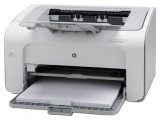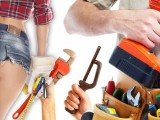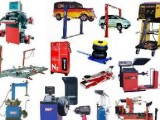Use of fiber optical on the internet
 Fiber optic which is commonly known as fiber internet or fiber is a type of broadband connection that is able to transmit at a speed of up to 940 Megabits per second (Mbps) along with a low lag time. As the name suggests, this technology requires the use of fiber optic cable which can surprisingly transmit data at a speed that is approximately 70% of the speed of light. In addition, fiber optic cables are able to withstand many hard weather conditions as other types of traditional cables, which helps in order to minimize outages. Fiber optics also has the ability to resist electrical interference effectively.
Fiber optic which is commonly known as fiber internet or fiber is a type of broadband connection that is able to transmit at a speed of up to 940 Megabits per second (Mbps) along with a low lag time. As the name suggests, this technology requires the use of fiber optic cable which can surprisingly transmit data at a speed that is approximately 70% of the speed of light. In addition, fiber optic cables are able to withstand many hard weather conditions as other types of traditional cables, which helps in order to minimize outages. Fiber optics also has the ability to resist electrical interference effectively.
Fiber optics is ideal in the case when multiple users use to connect several devices at once. Fiber optic internet is a complex technology that transmits data. Fiber optics transmit the data in the form of light instead of electricity. There are two main parts of the optical fiber that makes this technology so much advanced in the field of transmission. In order to design polarizer optics, use of polarizing beam splitters is done by many optics manufacturing companies.
Structure
Optical fibers are extremely small in size, having a diameter of around 125 microns which is slightly larger than the diameter of a human hair. Fiber optic cables are formed by bundling up many fibers. The optical fiber transmits pulses of lasers or LED down the line, therefore transmitting information in binary form which is similar to 1s and 0s used in the software engineering field. Once these super-fast pulses of light reach their destination, they are converted into electrical output that your equipment can sense and use. For this optical network, a terminal is used which is a special piece of equipment, after that it sends the signal through an Ethernet connection to the user. The length between the end-user and the main fiber network line is referred to as the “last mile”.
Pure fibers are that type of fiber connection that travels all the way to the end user’s house, desktop computer, or business. This is by far the most expensive and fastest “last mile” option as it comes up with the full speed and reliability of fiber directly to the customer. As an alternative, copper cables are often used to carry fiber connections from terminals called "street cabinets" to entire housing blocks, premises, or residential buildings.




